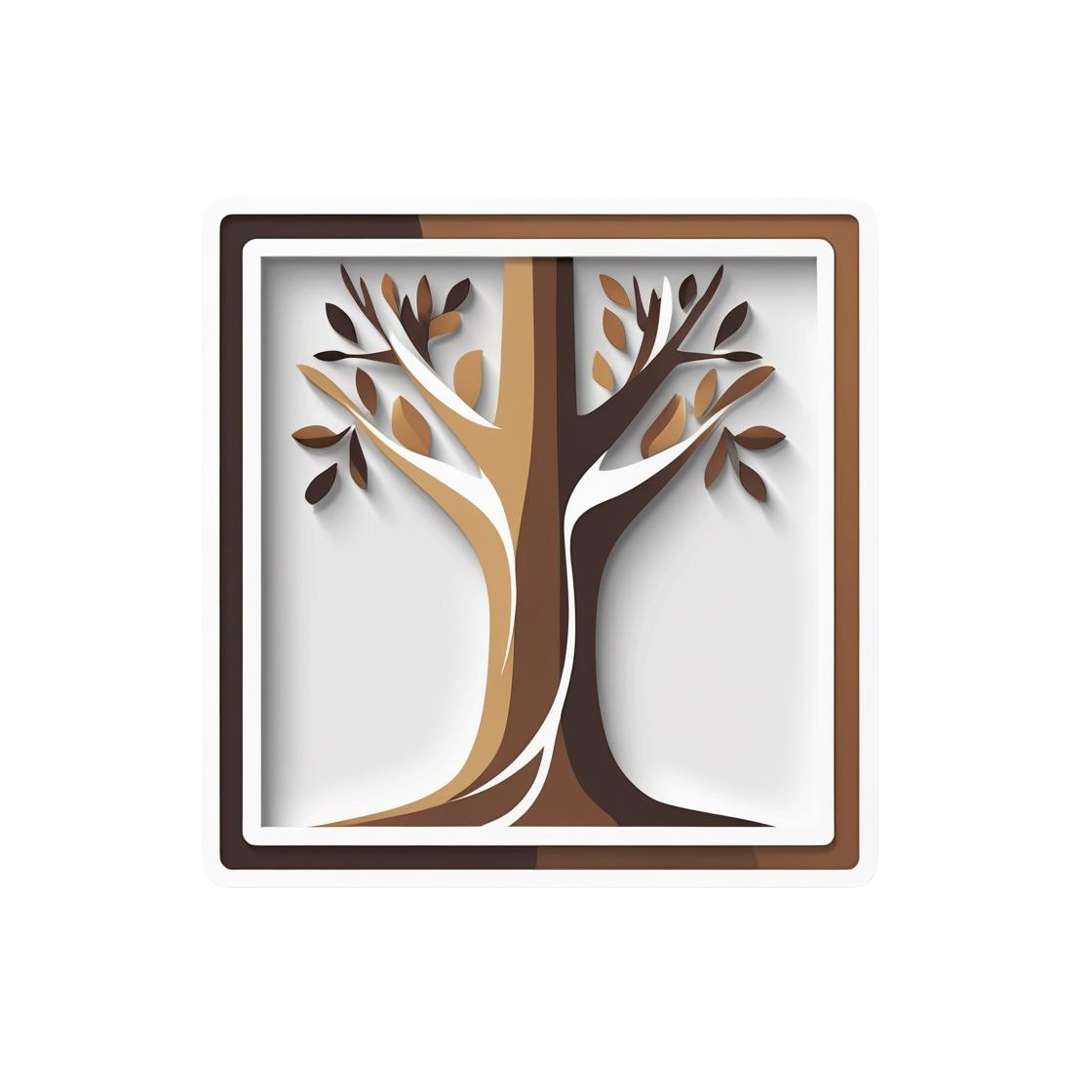Proper Tree Pruning Techniques That Protect Tree Health
Published October 15, 2025
Understanding the Three-Cut Method
Walk through any Dearborn neighborhood after amateur pruning attempts, and you'll see the evidence: torn bark, ragged cuts, and trees that never quite recover. The difference between professional pruning and DIY disasters often comes down to one thing—knowing how to make the cut correctly.
The three-cut method isn't complicated, but it makes all the difference. First, make an undercut about 12 inches from the branch collar. This prevents bark from tearing down the trunk when the branch falls. Second, cut from the top, slightly further out from your undercut. The branch drops cleanly without damaging the tree. Third, remove the remaining stub just outside the branch collar.
Timing Your Pruning Right
Most homeowners prune whenever it's convenient, but trees have their own schedule. Late winter and early spring remain ideal for major structural pruning. Trees are dormant, diseases are less active, and you can see the tree's structure without leaves blocking your view.
That said, dead or damaged branches come off immediately—any season, any time. Waiting until "the right season" to remove a hazardous branch is like ignoring a leak in your roof until summer. At ThriveHill Dearborn Tree Service, we handle emergency pruning year-round because safety doesn't wait for perfect weather.
When Professional Help Matters Most
Small branches below shoulder height? Sure, handle those yourself if you're comfortable. But large branches, anything near power lines, or structural pruning that shapes the tree's growth pattern—these require professional expertise. Poor pruning decisions made today affect tree health for decades. Professional arborists understand tree biology, proper equipment use, and safety protocols that protect both you and your property investment.
